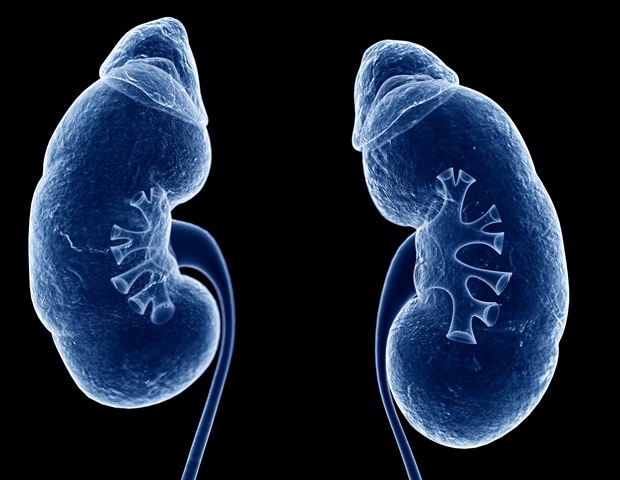Do pediatric kidney transplant patients have better long-term outcomes when their kidney comes from living, biologically unrelated donors compared to deceased donors?
A new UC Davis Health study finds that they do. The study reviewed data from the Organ Procurement & Transplantation Network database from Jan. 1, 2001 to Sept. 30, 2021. Researchers compared the rates of graft failure (when the organ is rejected by the recipient) and death, as well as long-term outcomes of children who received kidney transplants from living related donors, living unrelated donors and deceased donors.
It is the largest study of its kind and was published in the journal Pediatric Transplantation.
The findings of our study should lay to rest any fears and concerns that centers have about accepting organs from unrelated living donors. Living donation transplantation is superior to transplantation of organs from deceased donors in permitting better matching and management of the procured organ for the transplant surgery. Evidence from our large observational study shows that organs from living related donors are significantly better than deceased donor organs, whereas living unrelated donor transplants appear to be intermediate in risk between these two.”
Lavjay Butani, Study Senior Author, Chief, Pediatric Nephrology, UC Davis Children’s Hospital
The study looked at 12,089 children who received a kidney transplant during the 20-year study period. Three hundred twenty-seven (2.7%) children received kidneys from a living unrelated donor, 4,349 (36%) received a kidney from a living related donor (80% were parents, 6% were siblings, 13% were other relatives) and 7,413 (61%) were from deceased donors. To be included in the study, recipients needed to have a graft that had not failed on the day of the surgical procedure. The majority of recipients were on dialysis before their kidney transplant.
Recipient age was a predictor of graft loss. There was a higher risk of graft failure during the first post-transplant year in infants and pre-teens compared to teens. Interestingly, there was a lower risk of graft failure after the first post-transplant year in infants and pre-teens compared to teens.
Other predictors of graft loss found in the study are all previously well-established factors, including pre-transplant low albumin levels and the need for pre-transplant dialysis.
Deceased donor transplants had the poorest graft survival after the first year (4% compared to 2.8% of living related donors and 3.3% of living unrelated donors). Even when human leukocyte antigen (HLA) matching between the donor and recipient is poor, those with living donor transplants fare better than transplants from deceased donors.
“Living donor transplants fare better than deceased donor transplants since the transplant can be planned,” said Butani. “This planning allows for optimization of the donor and recipient’s health and minimizing ischemic stress on the graft once it’s procured from the donor.”
The study found that over the past several decades, the number of living unrelated donors has increased progressively from 1.3% in 1987 to 31.4% in 2017.
“Our analysis suggests that living unrelated donor organ transplants are not inferior to deceased donor organs,” said Daniel Tancredi, the study’s co-author and professor in the Pediatrics Department at UC Davis Health. “This is especially important for children who are the most vulnerable of all and have much to benefit from receiving the best possible available donor organ.”
Butani, L. & Tancredi, D. (2022) Outcomes of living unrelated donor kidney transplants in children: An Organ Procurement and Transplant Network database analysis. Pediatric Transplantation. doi.org/10.1111/petr.14368.
